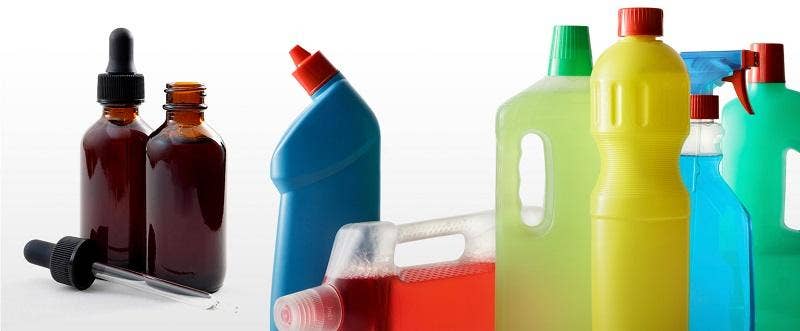What is the Best Packaging Material Part 1 - Stability and Compatibility 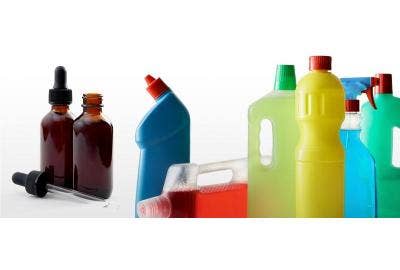
Material Selection Can be an Intricate Maze
There are a myriad of options to choose from, and the material choices for your package need to fit together, not only to meet the demands and requirements of the packaging contents, but also to provide the stability and compatibility for your package to function in harmony.
Oh yes, the packaging also needs to look good, reflect your brand, and come in on budget. A piece of cake, right?
Not quite. As a brand owner, if you are not taking a critical look at the materials you select, you are putting your brand and company at risk. The wrong selections can be detrimental. Choose the wrong material and it can impact your entire supply chain, resulting in product delays and higher costs in addition to potentially compromising shelf life and the function of your package.
The packaging might look great, but if the packaging leaks or the pump doesn’t work correctly, the consumer is unlikely to purchase your product again. The wrong material selection impedes your ability to deliver products, plain and simple.
In this series, we’ll examine four key considerations for material selection in primary packaging, specifically custom rigid packaging components. We’ll offer suggestions to consider based on TricorBraun’s more than 100 years of experience working with brands to deliver packaging that solves problems, meets commercial and operational needs and improves the bottom line.
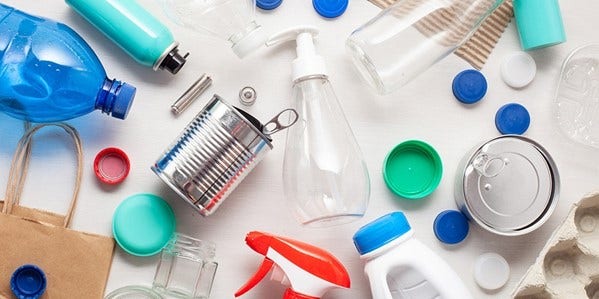
Key Consideration #1: Stability and Compatibility
If you are familiar with Maslow’s hierarchy of needs, you’ll recall that air, food and water are the most important needs for human survival and should be met first. Without these requirements, the human body cannot function properly and will ultimately fail.
Apply that to packaging and product stability and compatibility are the most important needs. Stability and compatibility of the product with the packaging are the foundation. Priority one. Without meeting these requirements, your package will not deliver on its intended purpose and ultimately fail.
The most common drivers of packaging stability are barrier-related:
- Oxygen
- Moisture
- Light transmission
Making the appropriate material choices can extend the product’s shelf life by controlling the atmosphere inside the bottle
Controlling Light Transmission
Controlling light transmission is a common consideration for wine, beer, pharmaceuticals, hydrogen peroxide and products with all natural colors. Pick up a wine or beer bottle and you’ll notice the beverage is typically packaged in green or amber glass versus a clear flint glass. Ever notice that hydrogen peroxide is always in a brown bottle? That’s intentional to temper light transmission.
In pharmaceuticals, the sensitivity of the product can require specific control of the pigment load. Standard color loading for a white extrusion blow molded bottle is approximately four percent. A light sensitive product may require higher loading or other additives to increase opacity thus mitigating further light transmission.
All natural colors have a tendency to degrade quickly. In cases where improper material selection has been made to protect the product from light, a consumer may see discoloration, which may give them the impression the product is “bad.” To prevent this, UV inhibitors instead of opaque pigments is a good option so the consumer can still “see” the product on the shelf.
Consider this example: I worked on a project packaging and labeling radioactive materials used to treat cancer. The product has an approximate 24-hour shelf life, but if packed in lead, shelf life increased to approximately 48 hours – which is absolutely critical when the product air shipped throughout the U.S. It’s an extreme case, but it clearly demonstrates how the appropriate material selection can have a significant impact on shelf life.
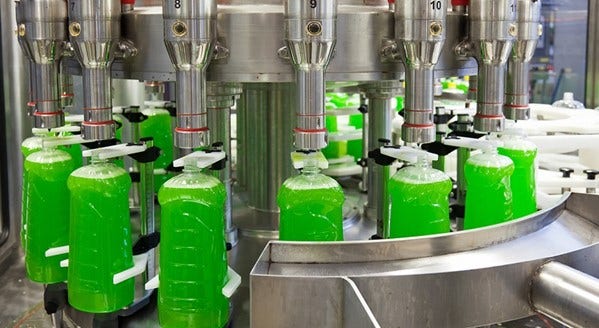
Common Drivers
The most common drivers of packaging compatibility are:
- Oxygen
- Moisture
- Light transmission
Regarding formulation, there is 1) the formulation impact on the primary package and the 2) formulation impact on the packaging system. Let’s consider the primary package. Oils and oil-based products tend to want to escape from the package so with food and beverage products, PET is quite often used. HDPE can be used, but specialized tooling considerations may be required for mold split and processing.
Additionally, products with solvents can wreak havoc on the package (paneling and permeating are common issues) so fluorination, co-extruded PET or multiwall HDPE could be more appropriate material choices.
Looking at the formulation impact on the packaging system, high viscosity products in personal care (e.g. toothpaste) may require a package with “squeezeability” so LDPE may be chosen over HDPE. For product formulations with particulates that use pumps (e.g. face scrubs), which pump to use is important to test.
In some cases, it can be a challenge for the packaging to maintain pump priming, which can be extremely frustrating for consumers. Additionally, if you are using trigger sprayers or other systems that require priming, it may be more important to consider the spring or other functional components that come into contact with the product via delivery. At times, it may be necessary for these components to be outside the product path to eliminate contact with the formulation.
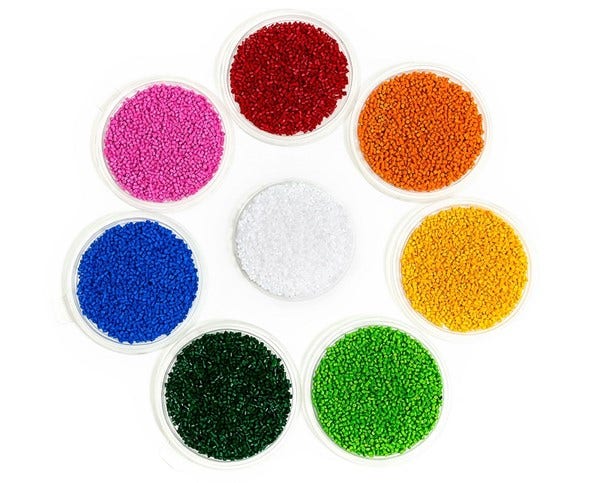
Resin Requirements
In some cases, our clients may have approved resins, or specific resin requirements for their product and brand based on work they’ve already done. Sometimes the resin requirement is specific (Exxon Mobile PP resin grade XYZ) and sometimes it’s general, such as “Food Grade” for food and beverage products or “Antistatic” for electronics.
In food or pharmaceuticals, the resin used may have compliance requirements, i.e. a DMF or drug master file with the FDA. Masterbatch requirements often mean there are specific vendors who are approved to premix or compound the resin for manufacturing. At TricorBraun we’ve worked with hundreds of these types of needs and can advise clients on a material selection path that incorporates specific requirements. Make sure your packaging partner can do the same.
Filling and processing is the final compatibility driver. The packaging filling process—whether it be hot fill, retort or even cryogenic—can have an impact on material choices because they generate specific environmental conditions (in some cases, extreme conditions) on the package. (For example, specific grades of PET are required for hot fill applications.) Understanding this information early in the development process is critical so that production delays and higher costs are not incurred by going down the wrong path.
See the 2nd Part of Our Material Selection Blog Here.
No matter the package format or size, TricorBraun can supply the right packaging made from the right packaging materials to help meet your customer’s needs. Email us at marketing@tricorbraun.com to get started on your solution today.
Download the full white paper on Material Selection here.
TALK TO A PACKAGING CONSULTANT
Whether you’re looking for a stock package or a groundbreaking custom design, TricorBraun’s proven process will guide your packaging decisions from napkin sketch all the way to the retail shelf.

